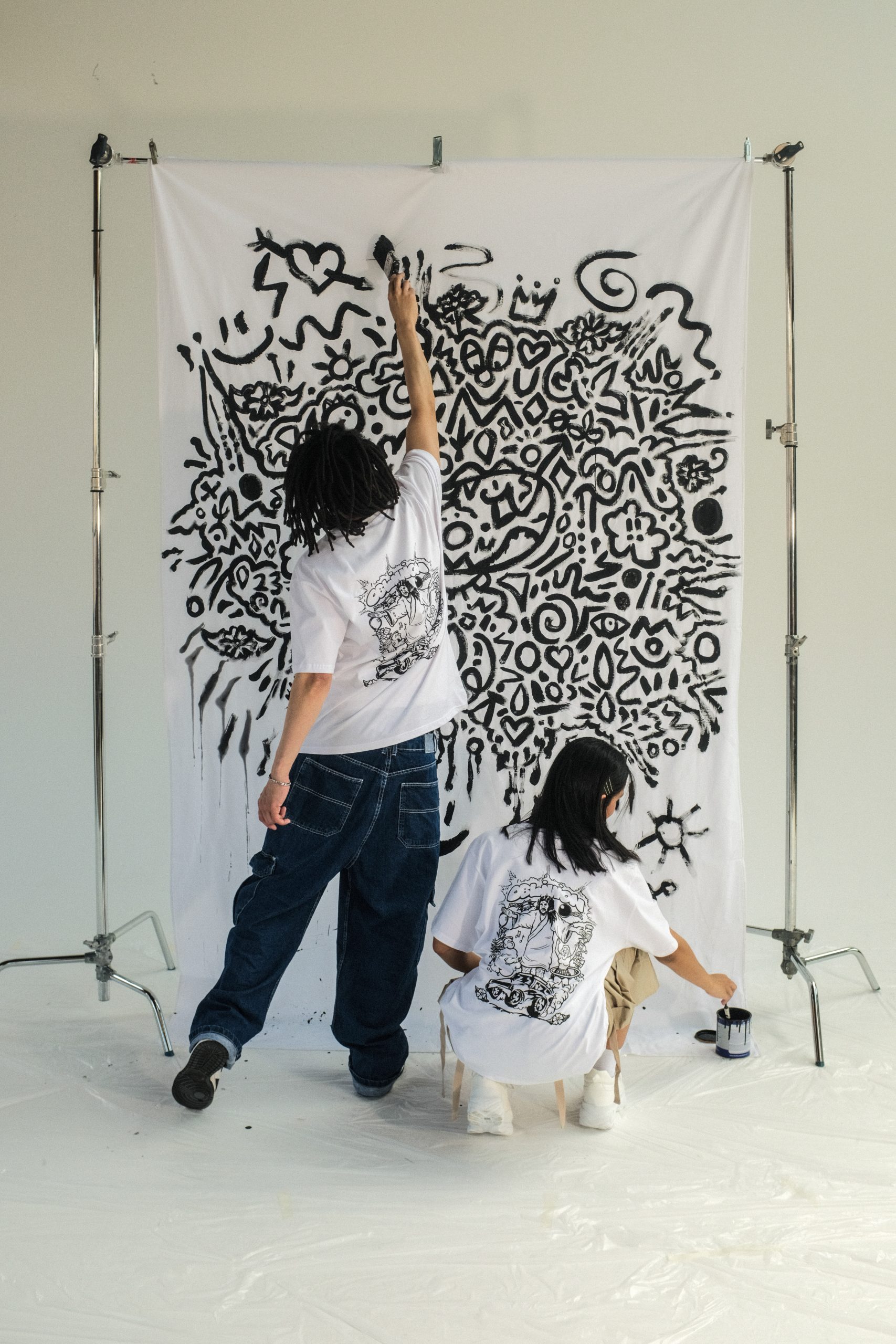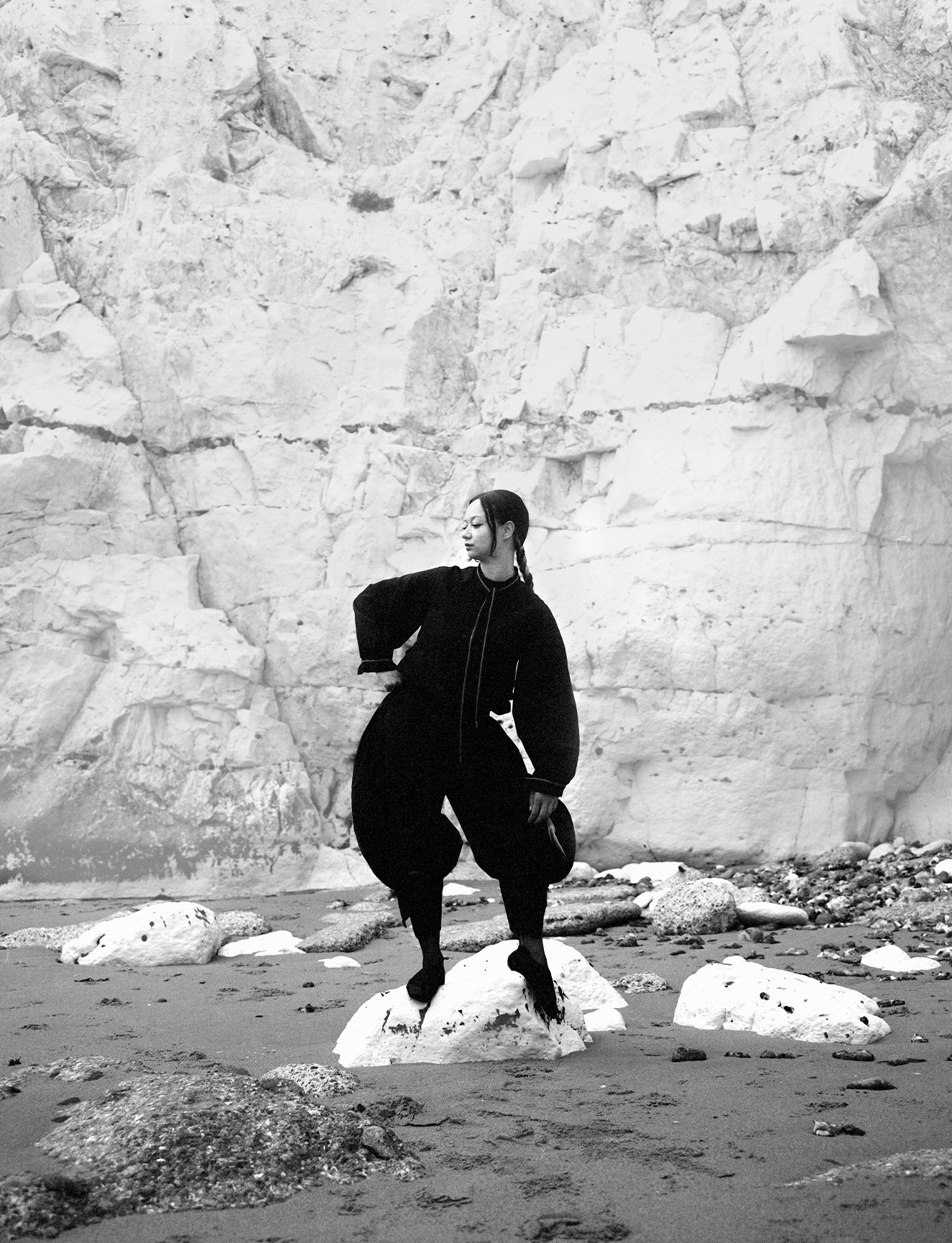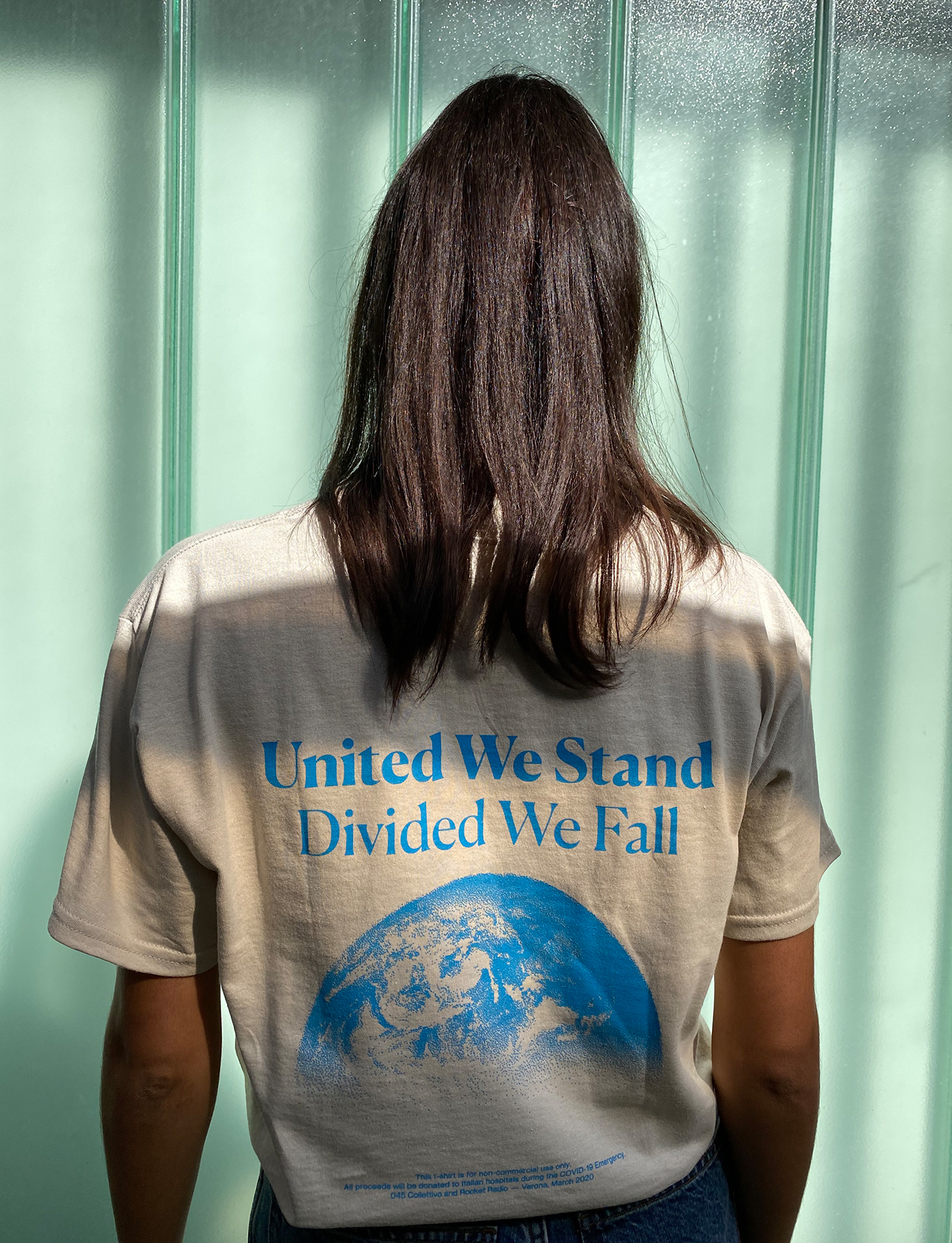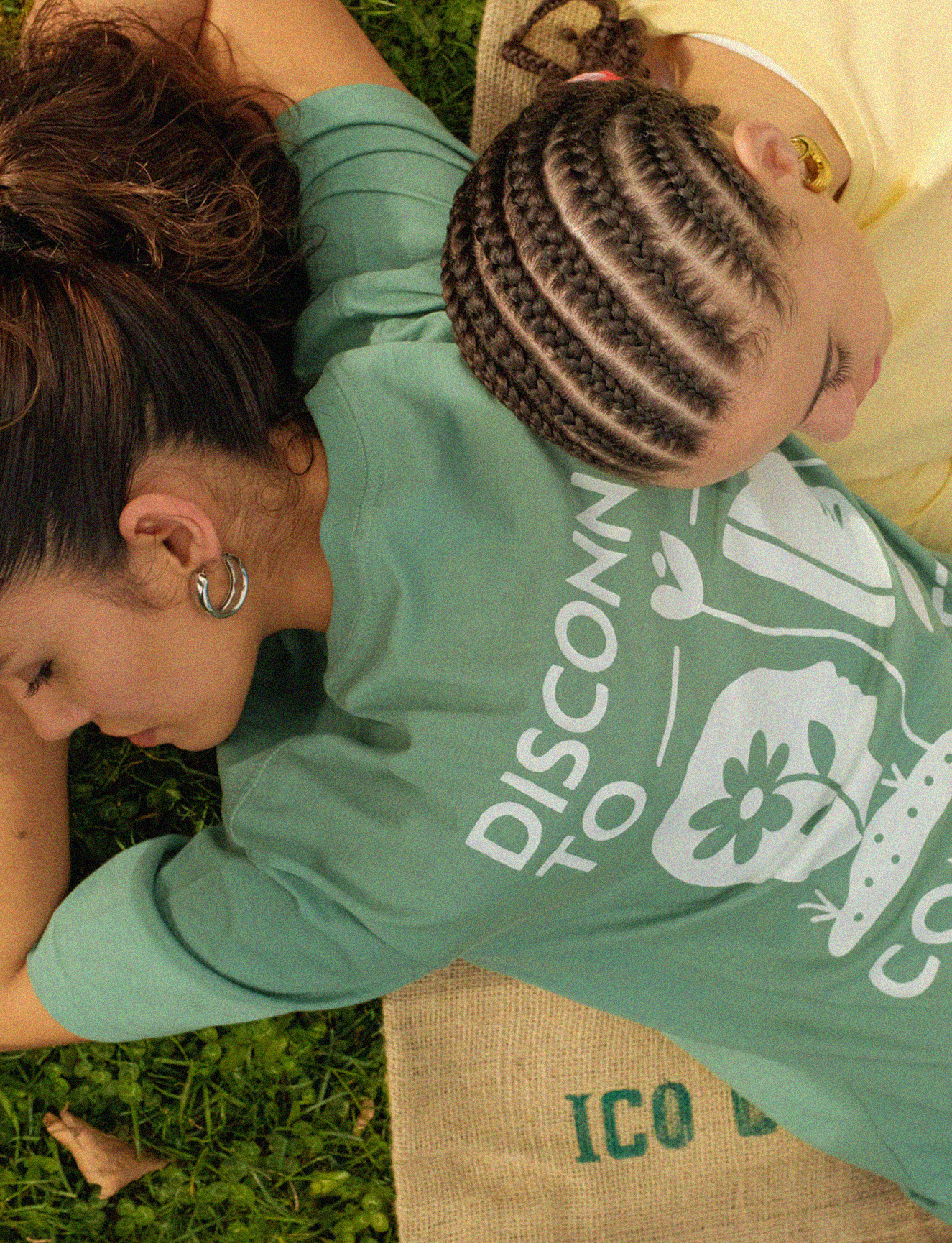Cuts and the privatisation of education since the 1980s has meant that the cost of art school, in both the UK and the US, has become astronomically high. According to the institution’s latest prospectus, aspiring artists interested in pursuing an Arts & Humanities MFA at the Royal College of Art should set aside between £16,550 and £38,600 to attend a one-year, full-time programme. Based on the figures outlined on its website, creatives wanting to kick-start their artistic practice with a Bachelor of Fine Arts at Cooper Union, one of New York’s most selective undergraduate art programmes, can expect their annual degree expenses to fall between $30,561 and $47,271 (with an additional yearly fee of $2,010 for international students) depending on accommodation. Selected as the top US art school by news platform Art & Object in 2023, Cooper Union was tuition-free until 2014. Founded in 1859 by the American industrialist, inventor and philanthropist Peter Cooper, the institution drew on the idea that quality education should be “open and free” to all those who qualify. In a country where the average yearly cost of attendance for students living on campus at a public 4-year, in-state institution is $26,027, as stressed in the latest report by Education Data Initiative (2023), the school was an exception whose idealistic model couldn’t keep up with its context.
Cooper aside, the US has long been known for its expensive tuition, but in the UK, full-time domestic students studied for free until 1998. Since Tony Blair’s Labour Party introduced fees, which were initially relatively low, the UK has moved ever-closer to an American setup, with tuition fees tripling in 2011. As the cost of arts education rises, many schools – including San Francisco Art Institute, Memphis College of Art, Derby Art School and Great Yarmouth College of Art and Design – have shut their doors across Britain and the US due to enrollment decline, explain Daniel Grant and Alice Fisher in two articles published in the Observer and the Guardian, respectively. As with university faculties across the board, the rise in fees has led to an arts education system that feels increasingly out of reach for working class students: even with tuition loans, the knowledge that a degree can mean decades of debt can defer many prospective students. More subtly than this though, it has been argued that the marketisation of education has reshaped the way education itself looks. In this rationale, universities have moved more and more away from centres for learning and experimentation, and towards a model in which students become ‘clients’ or ‘customers’. Things like employability, ‘value for money’ and other metrics with a quantifiable outcome take precedence over acquiring knowledge for its own sake. When it comes to art school, perhaps even more than other courses, this can mean a corporate-leaning environment tended towards output. To explore how creatives’ perceptions of higher education have shaped their career routes, we spoke to multidisciplinary artist Gianna T, art writer and curator Bella Bonner-Evans, mixed-media artist Nate Lewis and painter Helen Downie.

Last July, the British Prime Minister Rishi Sunak revealed his intention to cap all ‘low-value’ university courses in England, this ‘value’ meaning the likelihood of landing a professional job upon completion. This is just one in a long line of actions which designates certain degrees as worthwhile and others as not, with the arts usually coming out ‘badly’ in this framework. What should prospective artists consider when it comes to education, though? For Italian-born, London-based artist Gianna T – the pseudonym of Andrea Giannotti – a passion for artmaking should go hand in hand with a conscious understanding of the art world’s inner workings when applying for art school. “I enrolled at Urbino’s Academy of Fine Arts at 18, unaware of everything that made up the art scene,” he says. “I felt the urge to understand my belonging to that universe but I ended up quitting my academic career for the very reason I started it.” The theory-focused approach of his chosen degree scared him off: “I was greedy for knowledge the first year but by the third, I just wanted to forget about everything,” Gianna T explains. While the teachings of the Italian institution were something the artist eventually learnt to appreciate, attending its courses didn’t meet his expectations. Instead of fuelling Gianna T’s creativity, the canonical curriculum of the academy, which clashed with his outsider art-oriented style, led him to feel misunderstood. “I was close to obtaining my diploma when I decided to leave and start afresh,” he says. “I couldn’t see how that piece of paper would have added anything to my professional development.”
It isn’t easy to look at your process from the outside
That realisation prompted the artist to look to his immediate environment for inspiration. From the beginning, “real-life experiences have always been my learning platform”, Gianna T says. Straddling video, performance, painting and photography, his practice is concerned with how “human weaknesses can be turned into strengths”. Since relocating to London in 2017, Gianna T has sought unconventional ways of honing his craft, privileging community-based art initiatives and instinctual experimentation over traditional methods. “I never abandoned my studies, only the exams,” he explains, adding that his time in Urbino didn’t provide him with the answers he was searching for. Today, Gianna T is half of performance duo SISTER PUNCH and the co-founder of upcycling fashion label Voodoo – two projects emblematic of the vital role that the people around him play in his work. Gianna T’s story makes an interesting point – for one, in the value of experience over education. But also perhaps that education is something that is easier to turn away from once you have had a bad experience, than rule out altogether from the outset.
“A piece functions when it takes on a life of its own, but it isn’t easy to look at your process from the outside, which is why you should trust those close to you,” he says, of the value he sees in his community. After dedicating the past six years to honing his artistic language outside of the academy, Gianna T is ready to put himself to the test with a new educational adventure. He has recently applied for a three-year programme at the Royal Academy of Arts, which he hopes will complete him professionally. More than anything, “I would like to feel challenged again”, Gianna T explains. “Having a studio and multiple side jobs inevitably leads to isolation: thanks to the salary provided as part of the course, attending the RA would enable me to dedicate myself fully to being an artist.” This trajectory, of eschewing education while you find your voice as an artist, then returning with a very specific goal or vision of what it should be, offers an interesting dual perspective on arts education. That is, not writing education off totally, but embarking on it to fit your own needs as a developing artist, rather than because it’s the ‘right thing to do’ or to tick some kind of box.
So much can be learnt on the job
As mentioned, class may prove a barrier to entry when it comes to arts education. For those from less privileged backgrounds who do manage to make it to art school, arrival can feel disorienting. “Right from my first day at Cambridge, I felt like an outsider,” art writer and curator Bella Bonner-Evans says. “I was studying Art History with 22 girls and one boy, the majority of whom had previously studied it at their private schools, had art professionals parents and already knew each other before starting the course.” Disillusioned with the university’s history-centred curriculum, she left Cambridge at the end of her second year for a Fine Art and History of Art BA at Goldsmiths. “Dropping out was the best decision I ever made,” Bonner-Evans explains. “The academics at Goldsmiths were very engaged with contemporary socio-political conditions, encouraging us to develop independent critical voices.”
While the university is far from being a perfect institution, having previously been criticised for its staff treatment and racism in the art faculty, the STUDIO WEST curator is grateful to Goldsmiths for offering her “a truly valuable, thought-provoking education” and a fresher perspective from which to look at the arts altogether. Still, Bonner-Evans doesn’t think going to art school is necessary. “So much can be learnt on the job,” she says. “Interning and networking within the industry are the most useful pathways to a successful career in the arts: it is unfortunate that many of these placements are still underpaid or offered based on nepotism as they are the best way into the art world.” Having started out working in PR with clients ranging from galleries, artists and art fairs to publishing houses, Bonner-Evans built on her network of editorial and creative contacts as well as the attention to detail required in that role to lay the foundations for her arts writing and curating journey.
The New York-based artist Nate Lewis and the British painter Helen Downie, have both carved out careers without ever earning an arts degree. With a Bachelor in Science and Nursing from Virginia Commonwealth University, Lewis, who is 38 years old, worked as an intensive care unit nurse for nine years before quitting to pursue art in 2017. “I started drawing in 2010 for the first time in my life,” he says. “Growing up, I just played sports and participated in Martial Arts: my understanding of kinetics, rhythm, tension and movement had a crucial influence on my approach to art.” Despite being fully self-taught, the mixed-media artist has completed residencies at NY institutions including The Dieu Donné Workspace, Robert Blackburn Printmaking Shop and Pioneer Works which, he says, “Served as the MFA I never had.”
Working with photos and paper that he sculpts through embossing and frottage, Lewis incorporates mediums such as graphite, coloured pencil sticks, ink and fabric in multilayered works that capture the emotional spectrum of the African American experience. He credits his attentive process to his nursing background. “The greatest lesson I took away from the medical field was assessment,” the artist explains. “This includes hearing, feeling, seeing, but also evaluating systems and their interrelations – some of the key aspects in taking care of patients.” But his manual dexterity came in handy, too. “The manual skills I perfected in my previous job are grounded in procedures where the stakes are high,” he says. “When I began to work with paper and a blade, I transferred my responsibility towards patients into my precision using these sharp objects for art’s sake.”
I never saw art school as crucial

Educating himself through reading, watching, seeing and living, Lewis never felt the need to attend art school, but he wouldn’t necessarily call himself an exemplar. “Stories like mine are rare,” the artist explains. “We all need to be nurtured in different ways to blossom creatively; studying art is one of them.” Downie, another self-taught artist who only began to paint at 48, agrees with the Beaver Falls-born talent. “I never saw art school as crucial, but I did miss having the chance to create life-long relationships with other artists,” she says. For the London-based creative, Instagram was a real game-changer. Posting her hypnotic, striking portraits under the provocative moniker Unskilled Worker, Downie’s account went viral after being discovered by fashion photographer Nick Knight in 2014. Later, she caught the eye of former Gucci creative director Alessandro Michele, with whom she boasts numerous collaborations.
From having “no expectations about anything but the process”, the self-professed outsider artist went on to make it in the 2015 edition of the prestigious BoF 500 list, amass over 260K followers and have her imaginative artworks displayed in galleries across the world – the proof that, sometimes, concentrating on your craft rather than seeking institutional titles or recognition does pay off. “For a while, Instagram really did knock the walls down,” Downie says. She adds that the platform provided by social media gave her an opportunity to connect with both art estimators and fellow creatives, remedying the lack of social connections legitimised by her decision not to attend college. “I am not sure how else self-taught artists had their work seen before – it must have been incredibly difficult.” The painter began creating by turning to “felt tip pens and inks on paper” she had last used as a child. Soon, she picked up chalks and unveiled her own line. “I believe it is intrinsically connected to who you are and can morph as you change as a person,” Downie says of her distinctive trait. “You can’t actively search for it as it comes from within.”
Of all the differences between conventional art training and an autodidact’s experience of art, she sees the lack of outside criticism as the most prominent one. “Art school probably teaches you how to think, so I had to do that for myself,” Downie says. “I learnt about art history and became like a sponge, forever asking myself why and searching for answers.” As for her advice to budding artists, she is pretty straightforward. “However you do it, education or not, don’t stop,” Downie says. “You will need a thin skin to create but a very thick one to deal with the noise – or lack thereof – around your creations: find ways to support yourself so you can make art, develop your box of tricks and look after your thoughts.”
Read More: On Parties: All That Winter Allows






